PETULA MITCHELL says the memory of Acid Bath Murderer serial killer John Haigh in her hometown of Horsham and neighbouring Crawley continues to cast a shadow over the bustling West Sussex market towns, following his killing spree from 1944 until his capture and execution in 1949.
As a child in the 1970s, I well remember the power cuts of the three-day week.
During those dark quiet evenings by the fire, Mum would tell us stories, some of them somewhat disturbing.
As a Horsham family of many generations standing, my parents knew some of the darker histories of the quiet market town, it used to be.
None were as dark as the moment they came face to face with the acid bath murderer during his trial at Horsham town hall.
Who was The Acid Bath Murderer?
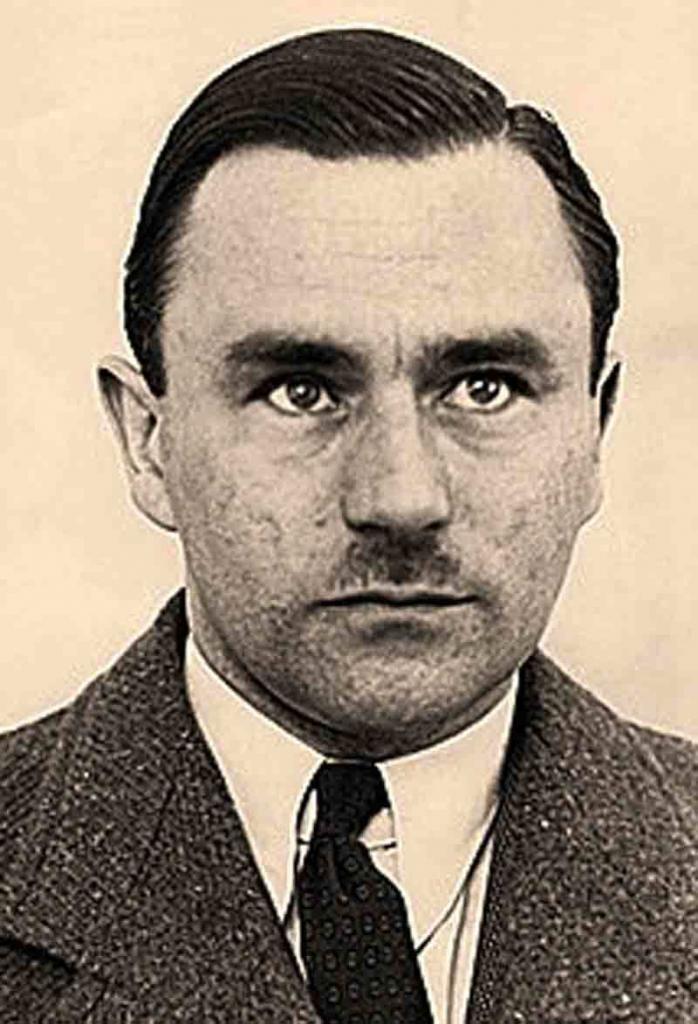
The story of Haigh and his murder spree is well documented.
Over six years he murdered 60 people purely for personal gain.
Once he had dispatched his victims, he disposed of the bodies in metal drums full of sulphuric acid.
Evidence of his first three murders was removed by tipping the slurry into the drains in London.
His last three victims were murdered at his yard and workshop in Leopold Road in Crawley.
Their remains were then tipped out into the patch of land behind what he called his ‘factory.’
On the trail of a Serial Killer
Following the trail of Haigh in Crawley is quite difficult now.
Leopold Road has been redeveloped in recent years and the old workshop demolished.
The George Hotel is, however, still in the town centre.
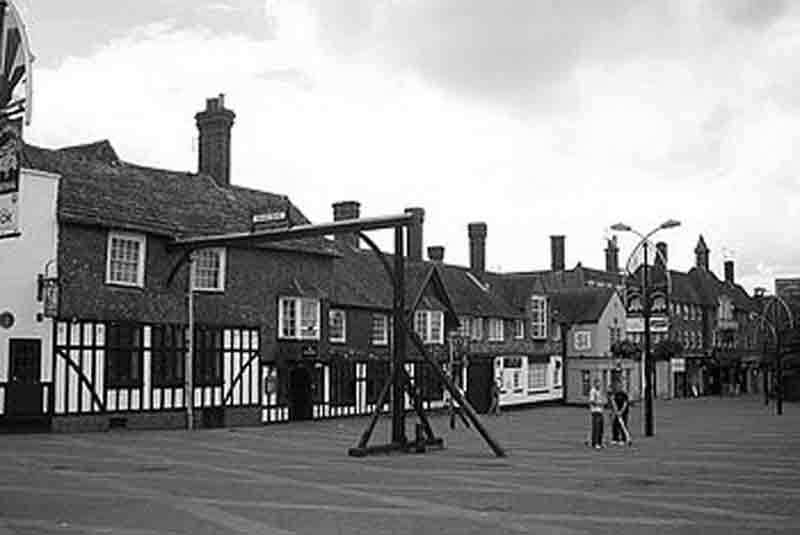
Haigh used to frequent Crawley and was a familiar face to locals as it was a smaller population being a post-war new town.
John Haigh’s Final Victim
It was Haigh’s connections to this area that proved to be his undoing.
His final victim was an elderly widow called Olive Durrand-Deacon.
She lived in the Onslow Court Hotel in London where Haigh was also residing.
He was by this time calling himself an engineer but, was living off the proceeds of his previous crimes.
The money was running out and the unfortunate Mrs Durrand-Deacon presented an ideal opportunity to him.
She approached him with an idea for a business venture manufacturing false nails.
Dinner, Death and Capture
He invited her to accompany him to Crawley to see the factory and discuss the venture further.
He drove them both there, took tea at The George, and once at his premises he shot her.
He then took her jewellery and beaver lamb fur coat before putting the body in a drum and adding the acid.
No doubt he planned to forge and deceive to get his hands on her money as he had done with all the previous victims.
However, after a couple of days, Mrs Durrand-Deacon was reported missing by one of her fellow residents at the Onslow Court.
At first Haigh came forward as a witness saying that he had been going to meet the lady, but she never turned up and did not accompany him to Crawley.
Admission of Guilt
Witnesses at the George claimed to have seen him with a lady answering her description and had also seen him return for dinner alone later that same evening and ‘eat a hearty meal’.
As his alibi started to unravel, Haigh must have realised the game was up and confessed to not only her murder but five previous killings.
He also made the bizarre claim to have drunk the blood of his victims. This generated tabloid headlines about ‘The Vampire Murderer’.
Even in a country that had recently seen the horrors of the second world war this was particularly shocking.
Haigh, Horsham and the Trial of the Decade
He was incarcerated at the police station in Horsham in Bartellot Road, now called Peel House, but in the 1940s it was the headquarters of the county police force.
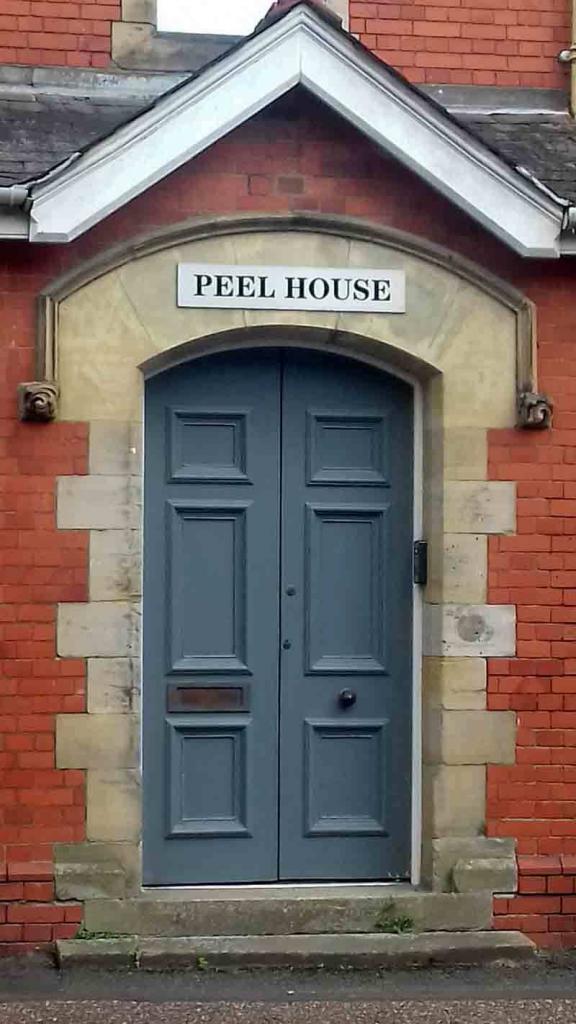
It was a combination of Horsham detectives, those in London and sharp-eyed pathologist Keith Simpson, that ensured the evidence was there to charge and convict Haigh.
The search of the yard yielded some grizzly remains. Human gallstones, Mrs Durrand-Deacon’s false teeth and 28 pounds of body fat were all discovered.
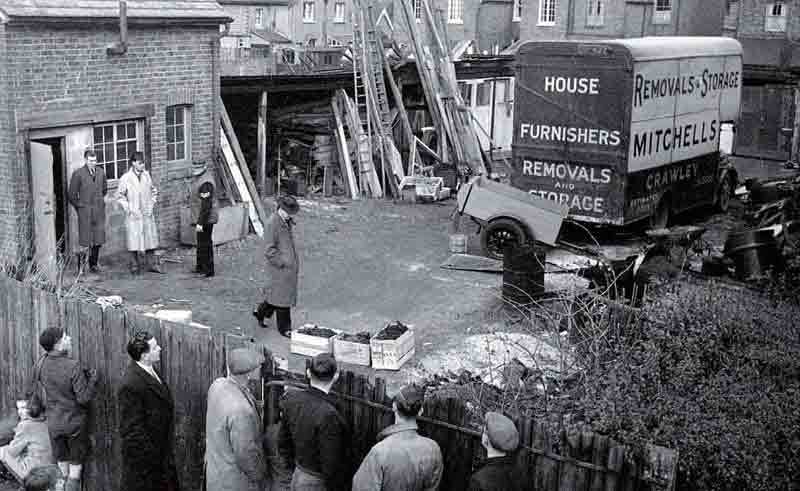
The gun he used to shoot the victims was found along with a ticket to pick up a beaver lamb fur coat from the cleaners.
In Horsham, the old police station still stands in use as offices, the outside little changed.
The door of cell 2 where Haigh was held is in the local museum.
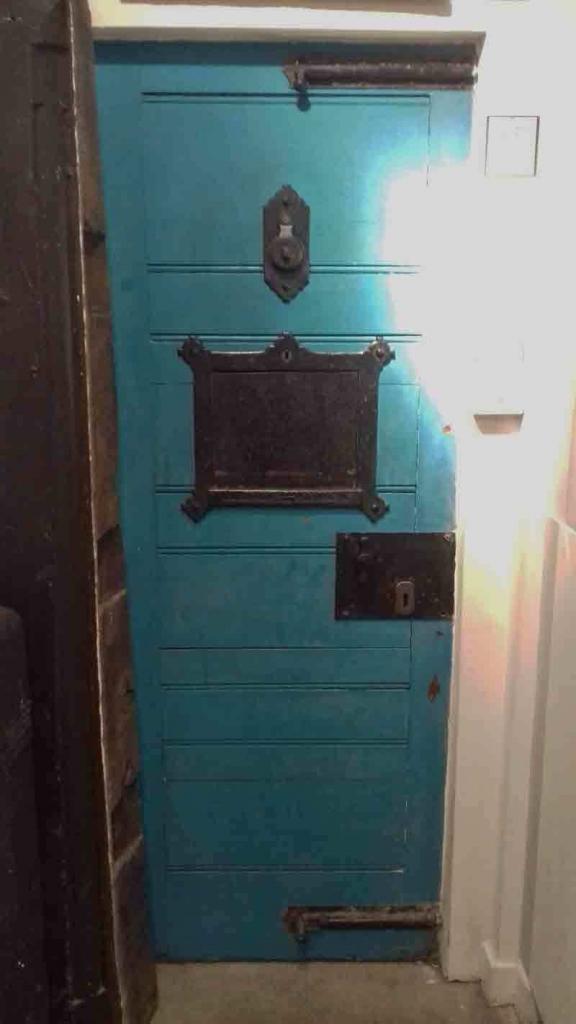
It has its own corner and the added attraction of pressing the button to reveal the face of a murderer.
What tourist could resist?
On the day of his hearing, he would have been driven the short distance to the old town hall, now a restaurant, to be tried by the magistrates.
The narrow streets were packed with people who wanted a glimpse of this notorious man.
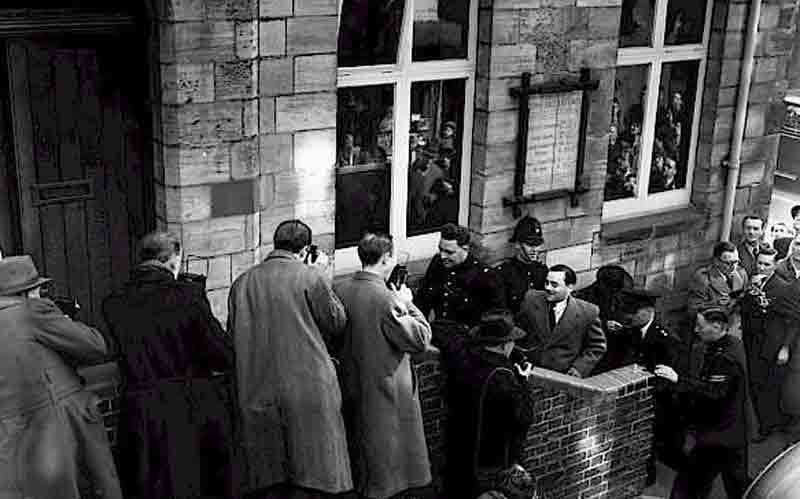
This is where my parents’ testimony comes in.
In 1949, newly married and no doubt as curious as the rest of the town, they went to the Market Square and saw Haigh being lead down the steps at the side of the building to a police vehicle that would take him to Lewes jail to await trial in the crown court.
Sentenced to Hang
Having been found guilty and sentenced to death, Haigh was removed from court and taken to Wandsworth prison for execution.
One of Haigh’s final acts was apparently to donate his favourite suits to Madame Tussauds to dress the wax effigy they were having made.
My father said he wasn’t much of a man. He was short and slightly built. “He looked a bit of a spiv to me” Dad reminisced.
Mum described him as “Very smart, but he had strange eyes. Cold eyes I remember but I think he was enjoying all the attention. He smiled. Why would you smile at a time like that? Maybe he thought he could wriggle out of it, what with there being no bodies.”
Walk in the Footsteps of a Serial Killer
The story now is largely forgotten, and the eyewitnesses are getting fewer, but the trail of The Acid Bath Murderer does not yet run cold.
Walk the streets he did, dine where he did with his last victim, stand where the crowds did to watch the trial unfold and even stand on the steps he did after receiving his death sentence.
But when you visit the museum and face the door that incarcerated John Haigh, it’s easy to let the imagination run riot.
Would you dare press the button and come face to face with the Acid Bath Murderer?


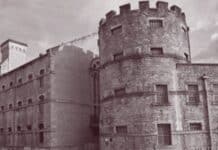
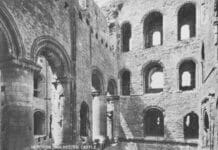
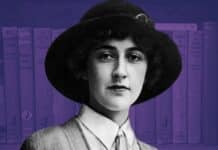
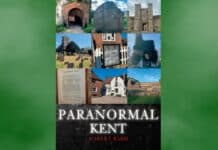


[…] Acid Bath Murderer: Walk in John Haigh’s bloody footsteps […]
my grandfather was a detective on this case
“Over six years he murdered 60 people purely for personal gain.” 60!!! I don’t think so!
He was a smashing bloke, and a rear pioneer Acid House wasn’t even heard of back then, if it wasn’t for him bands like Beat Masters and Orbital wouldn’t exist today.